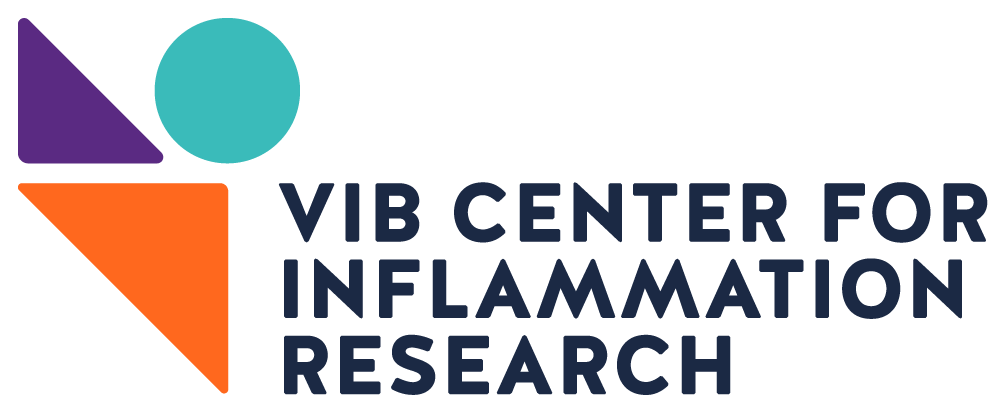
Gut and brain barriers in inflammatory diseases
Tight barriers form the major protection for the brain against external insults such as toxins, infectious agents and peripheral blood fluctuations. These barriers are a central part of the brain homeostasis mechanism and assure a balanced and well-controlled micro-environment in the central nervous system (CNS). Although largely understudied, the choroid plexus epithelium (CPE), forming the blood-cerebrospinal fluid (CSF) barrier, is an important and unique single layer of epithelial cells situated at the interface between blood and brain. Subtle changes at this blood-brain interface have wide-ranging effects on the brain. Consequently, understanding blood-CSF barrier functionality under physiological and pathophysiological conditions might open up new therapeutic strategies to treat neuroinflammatory diseases.
The major goal of our research is to investigate the central role of the blood-CSF interface in the transfer of peripheral inflammation (e.g. sepsis and gut inflammation) to the brain and in the initiation and progression of neuroinflammation (e.g. multiple sclerosis, Parkinson’s disease and Alzheimer’s disease).
We currently have different research lines:
- We study which mechanisms at the blood-brain interface are important in the initiation and progression of neuroinflammation, focusing on barrier integrity, leukocyte infiltration, and extracellular vesicle (EV) production.
- We study whether the choroid plexus is ‘the missing link’ in the body-to-brain axis, due to its unique position between blood and brain. Hereto, we are investigating whether peripheral inflammatory triggers, e.g. in the gastrointestinal system, affect the blood-brain interface and consequently increase the sensitivity for the development of neuroinflammatory diseases.
- We explore whether the blood-CSF interface can be used as a delivery route of therapeutics to the brain. This research is part of the VIB Grand Challenges Program.
Areas of Expertise
- Blood-brain (BBB) and blood-cerebrospinal fluid (BCSFB) barrier
- Gastro-intestinal barrier
- Gut-brain axis
- Sepsis
- Neuroinflammatory disorders including Alzheimer’s disease, Parkinson’s disease and multiple sclerosis
- Extracellular vesicles
Technology Transfer Potential
- Identification of novel targets or strategies to treat inflammatory diseases linked to CNS barrier dysfunction
- Development of novel delivery strategies to target the brain
Selected publications
- Xie et al. Gut microbiota regulates blood-cerebrospinal fluid barrier function and Aβ pathology. The EMBO Journal 42:e111515 (2023). Visit ➚
- Xie J. et al. Helicobacter pylori-derived outer membrane vesicles contribute to Alzheimer’s disease pathogenesis via C3-C3aR signaling. Journal of Extracellular Vesicles 12 (2): 12306 (2023). Visit ➚
- Pauwels et al. Choroid plexus-derived extracellular vesicles exhibit brain targeting characteristics. Biomaterials 290, 121830 (2022). Visit ➚
- Steeland, S. et al. Counteracting the effects of TNF receptor-1 has therapeutic potential in Alzheimer's disease. EMBO Mol Med 10, UNSP e8300 (2018). Visit ➚
- Balusu S. et al. Identification of a novel mechanism of blood-brain communication during peripheral inflammation via choroid plexus-derived extracellular vesicles. EMBO Mol Med 8, 1162-1183 (2016). Visit ➚
Bibliography
- Full bibliography Visit ➚
External links
- VIB Grand Challenges Program - Targeting drugs to the brain Visit ➚
- B-SMART project movie Visit ➚
- Podcast Universiteit van Vlaanderen - Waarom geraken medicijnen bijna niet tot in onze hersenen? Visit ➚
- CRIG movie - Een Paard van Troje om medicatie tot bij hersentumoren te smokkelen Visit ➚
- Science figured out - Fewer calories as a weapon against Alzheimer's disease? Visit ➚
- Science figured out - How do intestinal bacteria affect Parkinson's disease? Visit ➚
